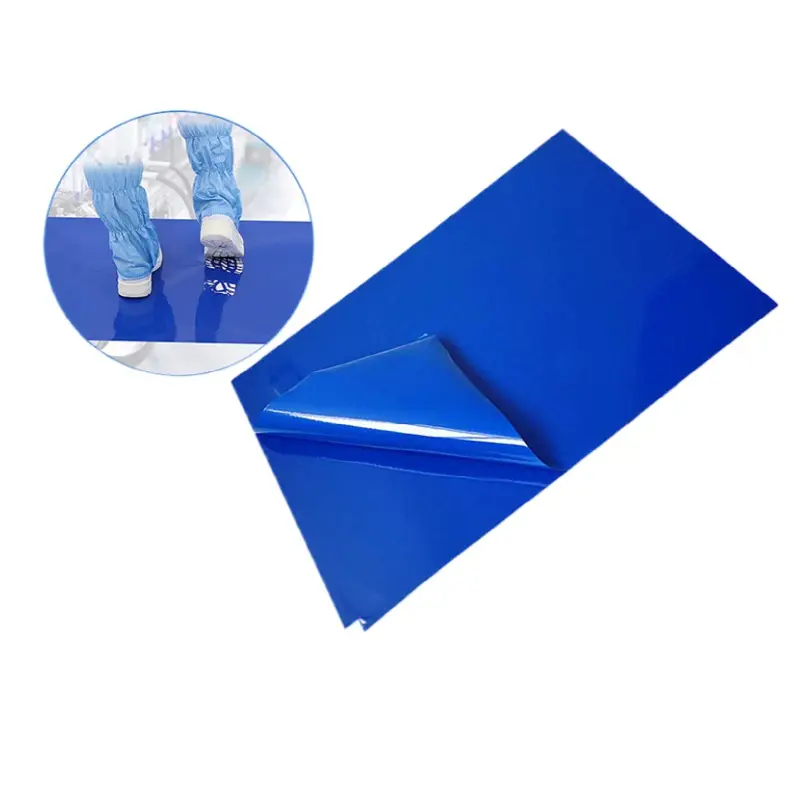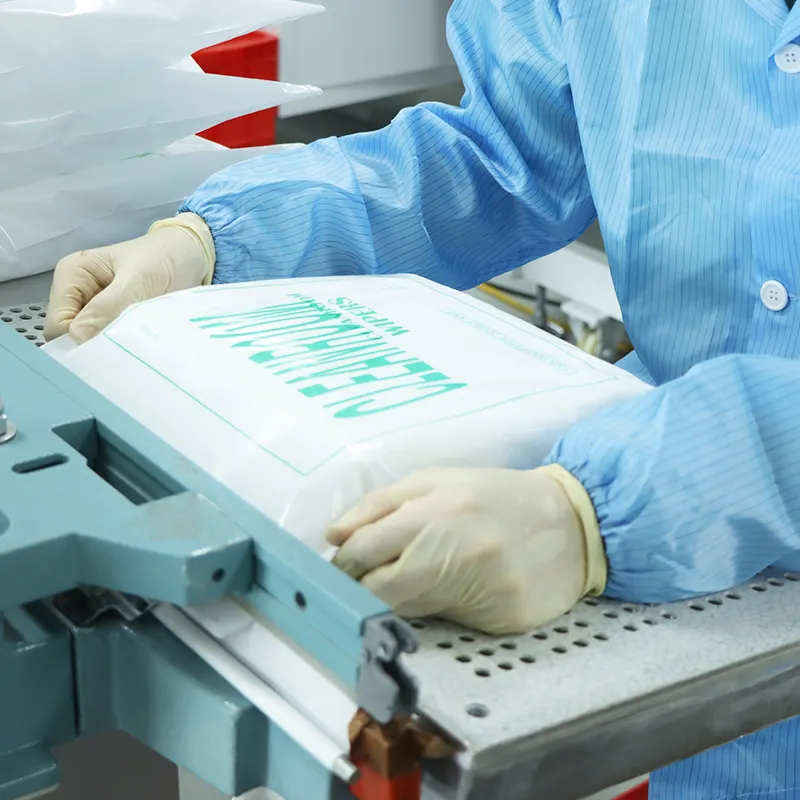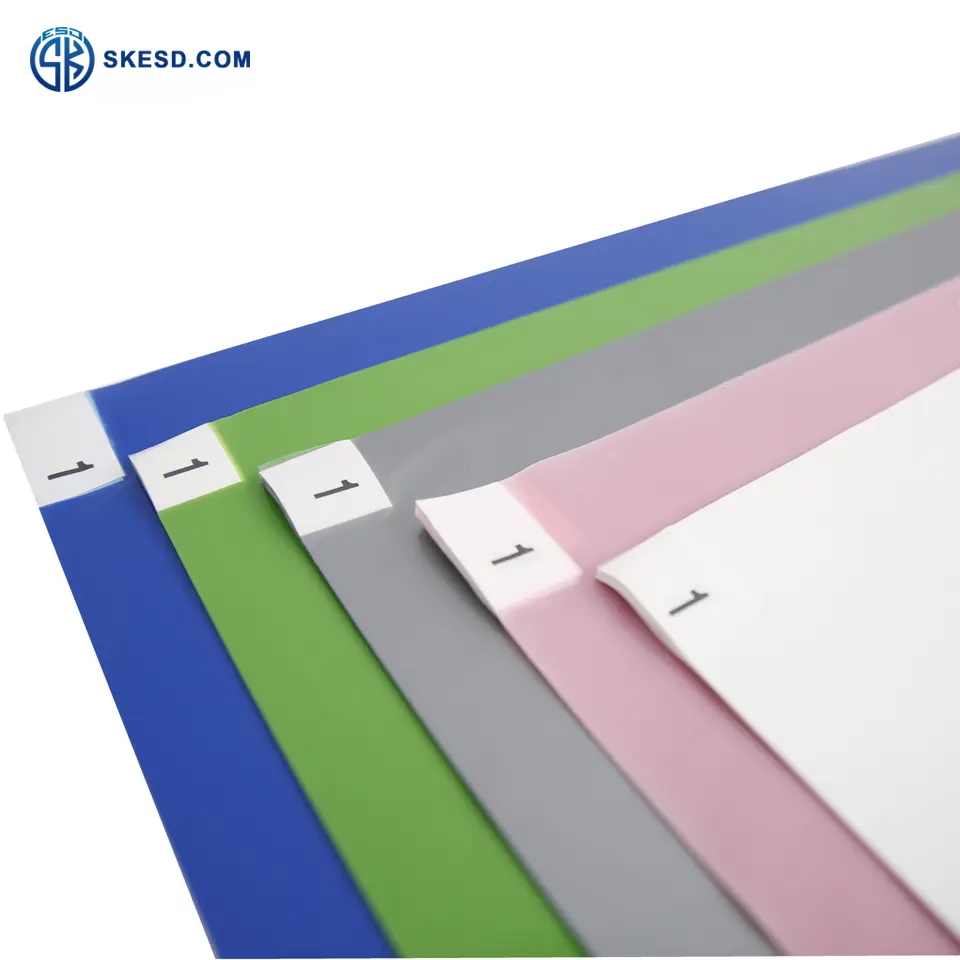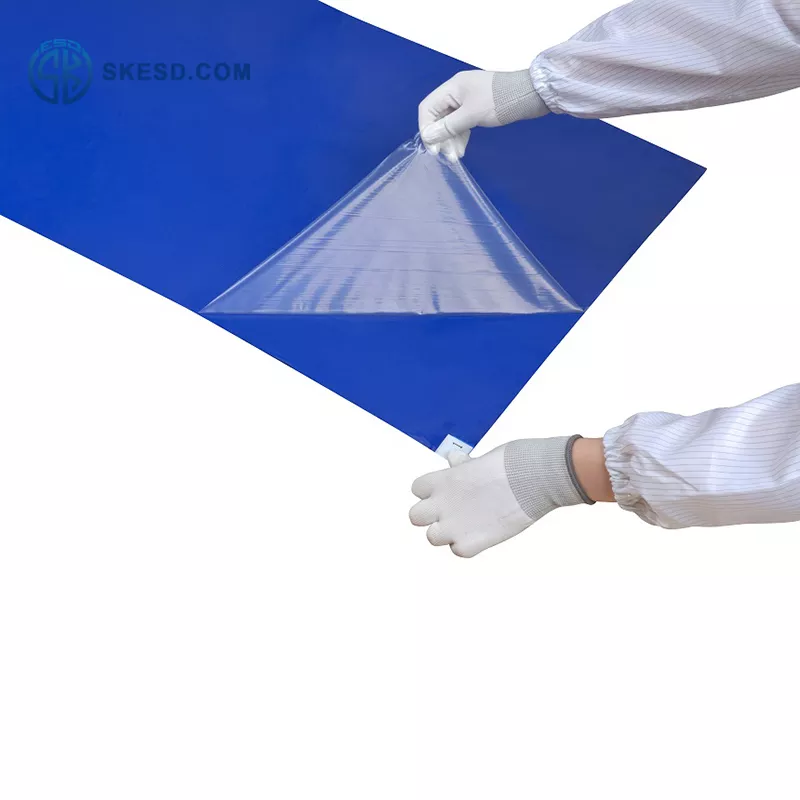In medical facility, laboratory, manufacturing plant, or even a home, keeping the environment free from dirt, dust, and pollutants is essential for the well-being of both people and products. One effective tool that aids in achieving cleanliness goals is the humble tacky mat. In this comprehensive guide, we will delve into the benefits, applications, and considerations of stacy mats, and how they can help you maintain a clean and safe environment.

1. Understanding Tacky Mats and How They Work
Tacky mats, also known as sticky mats or cleanroom mats, are specialized mats designed to capture and retain dirt, dust, and other contaminants on the surface of the mat. They consist of multiple layers of adhesive sheets that effectively trap debris from footwear or wheels, preventing it from spreading further into clean areas. The sticky surface of the mat acts as a barrier, minimizing the transfer of particles that can compromise cleanliness and hygiene standards.
2. Applications of Tacky Mats
Tacky mats find applications in various industries and environments where cleanliness is crucial. Here are some key areas where tacky mats are widely utilized:
- Cleanrooms and Laboratories: Cleanrooms and laboratories demand an extremely sterile and controlled environment. Sticky mats are placed at entrances to prevent contaminants from being carried in by personnel or equipment.
- Manufacturing and Production Facilities: In manufacturing settings, tacky mats are often used at entry and exit points to control the ingress and egress of dust, dirt, and other particles. They help maintain product integrity and prevent quality issues.
- Healthcare Facilities: Hospitals, clinics, and other healthcare facilities require stringent cleanliness protocols. Sticky mats play a vital role in preventing the transfer of pathogens and contaminants, thereby minimizing the risk of infections.
- Data Centers and Server Rooms: Data centers and server rooms are highly sensitive environments where even minute particles can cause damage. Tacky mats are employed to minimize dust accumulation and preserve the operational efficiency of equipment.
3. Key Benefits of Using Tacky Mats
Using tacky mats offers several benefits in terms of cleanliness, safety, and operational efficiency. Let’s explore some of the significant advantages:
- Contamination Control: Sticky mats act as the first line of defense against contaminants, capturing particles before they enter critical areas. This helps maintain the integrity of processes, products, and sensitive equipment.
- Enhanced Hygiene: By effectively trapping dirt and debris, tacky mats contribute to maintaining high hygiene standards, particularly in healthcare and food-related industries. They help prevent the spread of harmful bacteria and viruses.
- Improved Indoor Air Quality: Dust and other airborne particles can degrade indoor air quality. Sticky mats play a role in reducing the overall particle count, promoting cleaner and healthier air for occupants.
- Cost Savings: By preventing contaminants from entering controlled areas, tacky mats reduce the need for extensive cleaning and maintenance, leading to potential cost savings in the long run.
4. Selecting the Right Tacky Mat
When choosing a tacky mat for your specific needs, several factors should be considered:
- Mat Size and Thickness: Select a size and thickness that adequately covers the entry points and accommodates the expected traffic flow. A thicker mat may offer better durability, especially in high-traffic areas.
- Adhesive Strength: Different environments require varying adhesive strengths. Consider the level of stickiness required to effectively capture contaminants while ensuring ease of use for personnel and equipment.
- Mat Placement and Replacement: Strategically place tacky mats at entry and exit points to maximize their effectiveness. Regularly monitor and replace the adhesive sheets to maintain optimal performance.
In the quest for cleanliness and contaminant control, sticky mats emerge as a valuable tool across diverse industries. By capturing dirt, dust, and other particles from footwear and wheels, these mats help create a cleaner and safer environment. From cleanrooms and laboratories to healthcare facilities and manufacturing plants, tacky mats play a crucial role in maintaining hygiene, preserving product integrity, and minimizing the spread of contaminants. With careful consideration of mat size, adhesive strength, and placement, you can leverage the benefits of tacky mats to create a cleaner, healthier, and more efficient space. Embrace the power of sticky mats and take control of your cleanliness goals.
continue reading




